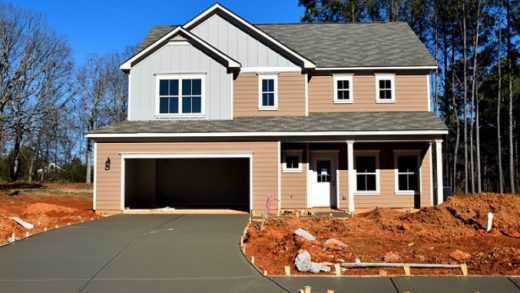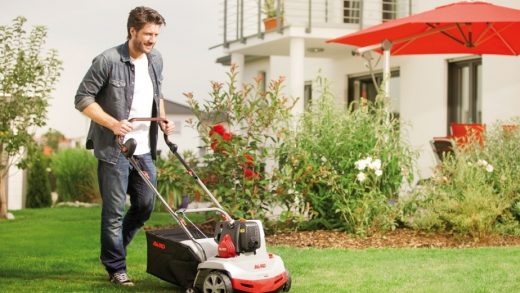There are so many different types and sizes of pots to use outdoors, and it can be a little overwhelming to find yourself choosing a suitable size that won’t hurt your plants. There is no right answer when wondering what the correct dimensions may be, but you can certainly try to make an evaluation time by time depending on the type of plant you need to pot. What we want to do is provide you with as much information on everything you need to know about choosing the correct size, material and colour for plant pots to keep outdoors.
What are the best types of plant pots?
This is a difficult question, and it depends on how much time and money you want to invest in your balcony or garden and if the pot you are considering has a decorative or purely agricultural role. With the right planning, it can be both. But let’s proceed evaluating different scenarios
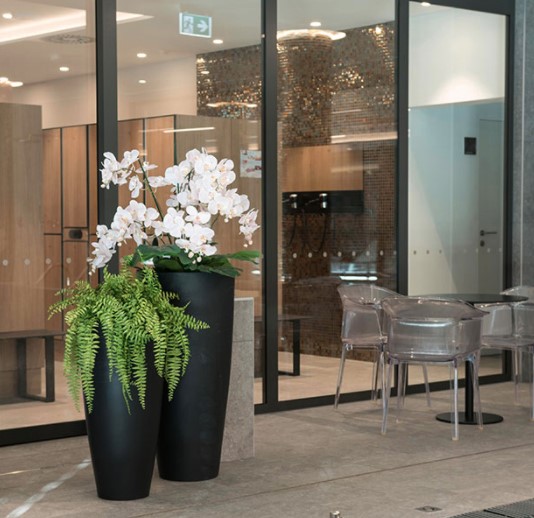
Go for growing plants
I recommend choosing a vase made with natural materials such as terracotta or stone, if grwiing the plants is the purpose. These materials, in fact, are permeable to water, so they offer good drainage through evaporation. Good drainage means less chances of root rot and ensures that the plant is more likely to reach its optimum growth potential once transplanted to the soil.
Plant pots for aesthetic purposes
Ornamental plant pots can really beautify your garden and make your outdoor space prettier. Fiberglass is a beautiful material to use for this purpose and comes in hundreds of colours, shapes and sizes, so it’s easy to find the perfect one for your garden.
Fiberglass is not porous to ensure better plant health, so make sure the pot has drainage holes at the bottom.
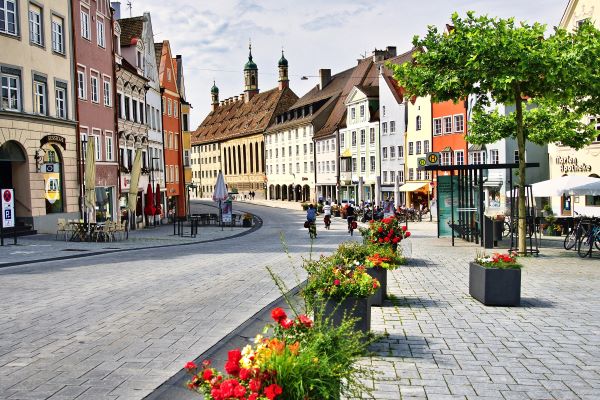
A solution that satisfies everyone: cachepot plant pots
If you are not satisfied and want a solution that is beautiful and healthy for your plants, you can simply place the pot inside a larger and more aesthetically pleasing cachepot. What is a cachepot?
It is simply a decorative vase that contains a more functional but less aesthetically pleasing vase. The “cachepot” is used to hide the growth pot and contextualize the plant. It is an excellent solution not only to hide functional but anonymous plant pots, but also to play with shapes and colours, defining a small picture in your outdoor spaces.
To place your plants on your patio, balcony or roof terrace, or other spaces with hard floors, your best bet are fiberglass and plastic plant pots. These are extremely durable and made of weather resistant materials, suitable for both cold and hot climates.
What is the best shape for outdoor planters?
Let’s take a look at some of the most popular planter shapes and sizes to see which one might suit your plants best.
Pots for plants and their various forms
We have reached the less simple part, especially if you don’t have a favourite theme or plant pot size in mind. So let’s try to see the pros and cons of the main alternatives available.
Round plant pots
Round planters are great for that single plant you want to show off. However, round pots do not have the same capacity for transporting earth and water as square ones.
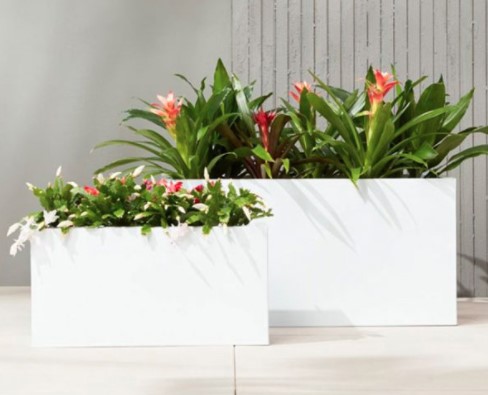
Square plant pots
Square pots are great for giving an even look to outdoor spaces and stack easily when they are empty. They are also said to be better for plant health as the roots are less likely to clump together. They are not as harmonious as the round ones and tend to give a jerky appearance overall.
Rectangular plant pots
The rectangular pots offer excellent water and soil carrying capacity and show plants well when arranged in a row, and they are perfect for hedges. They are also excellent for commercial growers or for growing edible plants at home thanks to the large space they offer for planting and cultivation. Unfortunately, though, rectangular pots take up a lot of space and only fit specific design requirements such as the creation of dividing lines.
As for the colour, we recommend that you choose pots for plants that contrast with the colours of the plant (especially if they are flowering plants) and that are consistent with the furniture and surrounding vegetation.
